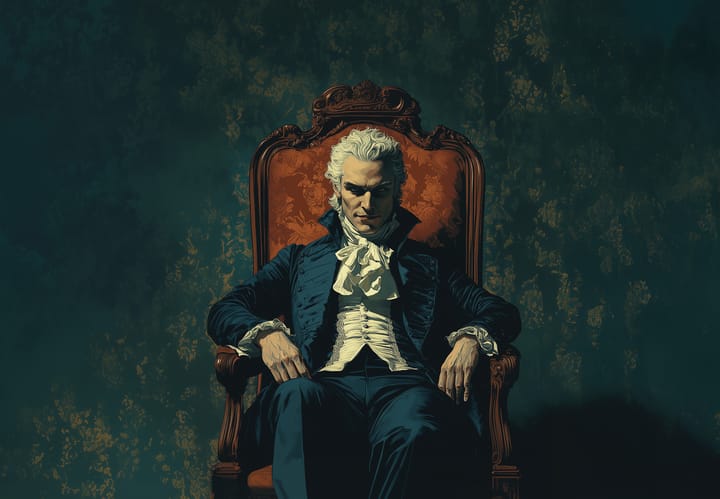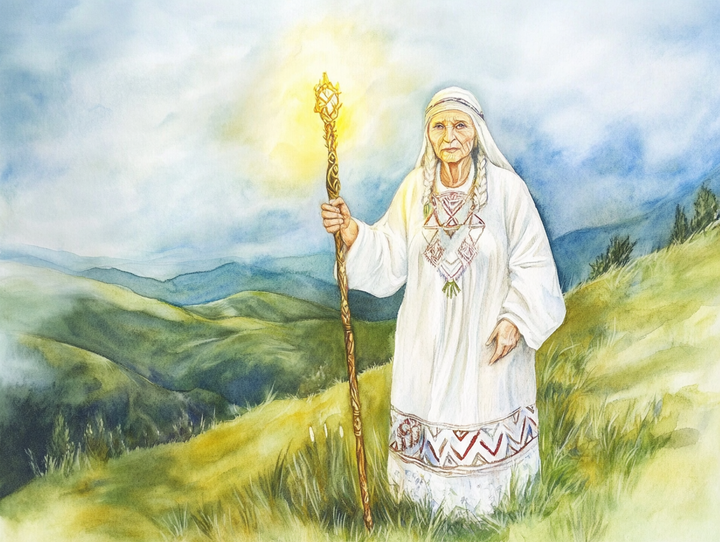The Extraordinary Tale of a Head Born Without a Body

In the annals of medical history, few cases are as fascinating and perplexing as that of the Two-Headed Boy of Bengal. Born in 1783 in the small village of Mundul Ghat, near Kolkata, this child's birth marked a rare occurrence in the realm of human biology.
The boy was born with a condition known as craniopagus parasiticus, an extremely rare form of parasitic twinning where a parasitic twin head with an undeveloped body is attached to the head of a developed twin. This second head was not just a lifeless appendage; it exhibited signs of independent consciousness, such as sleeping and waking independently of the primary head.
The birth of the child was met with shock and horror. The midwife assisting the birth, terrified by the child's appearance, attempted to kill the infant by throwing him into a fire. Miraculously, the child survived, albeit with burns to one eye and ear.
The child lived for about two years before it was bitten by a spectacled cobra, a tragic event that cut short the opportunity for further scientific observation. However, the behavior of the second head during these two years provides a fascinating insight into the complexity of human biology.
The second head showed a strong sympathy with the child. When the child cried, the second head would mimic the facial expressions and shed tears. When the child was nursing, the second head would express pleasure through mouth movements, and saliva would flow abundantly. If the child smiled, the second head would participate.
However, these observations do not necessarily indicate independent consciousness. The second head would cry when subjected to any violent influence, even when the child seemed to barely notice it. The eyes of both heads did not harmonize in their movements, which could suggest an independent spinal cord life.
What is most intriguing is the fact that the second head often had its eyes open while the child was asleep, and conversely, it would frequently close its eyes for prolonged sleep while the child was awake. This alternating pattern of sleep and wakefulness suggests an independent consciousness.
Unfortunately, the child died before more comprehensive observations could be made, which was a loss for science. However, it was perhaps a mercy for the second head, which may have been spared the realization of its predicament.
The story of the Two-Headed Boy of Bengal is more than just a medical curiosity. It is a poignant reminder of the vast range of human biological diversity and the mysteries that still exist within the realm of human development. It also underscores the importance of empathy and understanding in responding to those who are different.
Despite the initial horror and fear that greeted his birth, the Two-Headed Boy of Bengal lived, however briefly, as a testament to the resilience of life in the face of extraordinary circumstances. His story continues to fascinate and inspire, serving as a powerful symbol of the complexities and wonders of human biology.




